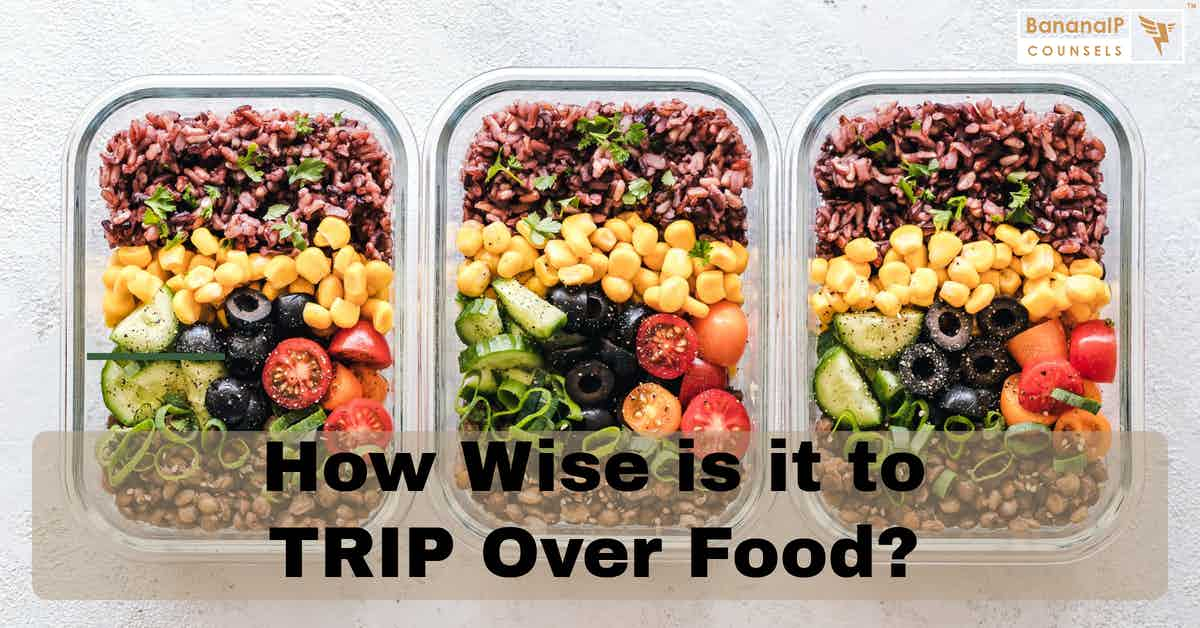This post was first published on September 8th, 2014.
Every country tries its best to ensure that there is no dearth of food. Ensuring that food is of good quality is also important. As much as I’d love to go on talking about food, I will refrain from talking about food per se and concentrate on the legal obligations related to food. This post will concentrate on the relationship between IP and food which is governed by successful research efforts that result in a new plant variety or a plant with new and improved characteristics which qualify for Intellectual Property protection under various national laws and under TRIPS.
The effects of increased use of new biotechnology on the right to food cannot be discussed in isolation, but must also take into account the tendency that biotechnology applications are protected by plants or plant breeders right. Art. 27 of TRIPS gives member states the freedom to exclude from patentability plants and animals other than micro-organisms, and essentially biological processes for the production of plants or animals other than non-biological and microbiological processes. However, member states have to provide for the protection of plant varieties either by patents or by an effective sui generis system or by any combination thereof. India enacted the Protection of Plant Variety and Farmers Right Act, 2001.
The basic understanding of IP rights is that the person who made an original and creative contribution shall be rewarded for this contribution. Regarding plants and plant breeders rights, the right holders are given a time-limited exclusive right to prevent others from making use of this invention or plant variety for commercial purposes. The grant of plant variety protection implies that the commercial use of the plant variety is subject to conditions set by the right holder. Compared to the TRIPS agreement, The UPOV is more specific and contains specific and exhaustive conditions for nullity and cancellation (revocation or forfeiture of plant breeders rights).
There exists an exception that optimizes variety improvement by ensuring that genetic sources remain accessible to all the community of breeders. Progress in agriculture is indeed based on the use and improvement of existing genetic materials. To encourage such progress, PVP permits a breeder to derive a new variety from a third party’s protected variety. Importantly, the new derived variety can be commercialized without the consent of the owner of the original variety, provided the repeated use of the variety is not necessary for the commercial production of another variety. Although arguably, selection, crossing, etc. of a variety could be legally done without the IP owner’s authorization, the commercialization of a newly obtained variety that contains the protected subject matter may be considered as infringing IP. Of course, there might be little incentive for third parties to do research and breeding if the outcome thereof cannot be commercialized unless the time of remaining protection is short.
There is significant room under the existing international law for countries to decide whether or not to grant patent protection for plants (including plant varieties) and their parts and components. While there is no evidence suggesting that IP protection may provide an important incentive for agricultural innovation, food security can be put at risk by the appropriation of plant genetic resources under such rights. Although the Indian legislation has been TRIPS complaint, they need to be stronger to mitigate the possible impact of such protection in times to come and ensure that laws in conformance with the Indian agrarian economy.



